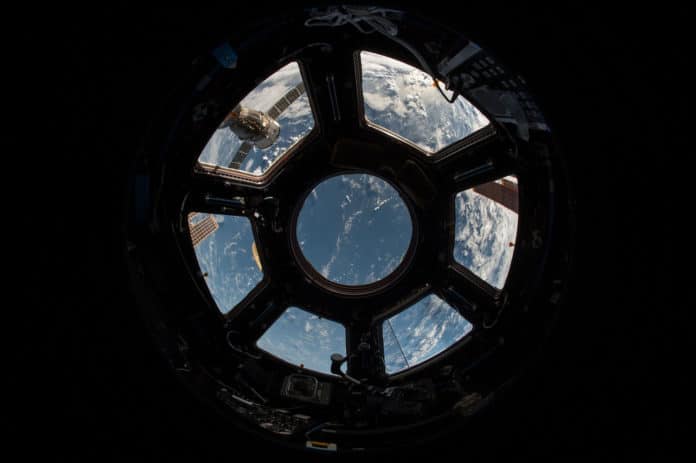Estonian cleantech startup PowerUP Energy Technologies will develop a 1kW liquid-cooled closed cathode hydrogen fuel cell stack for Lunar and Mars exploration missions. It has signed a new contract with the European Space Agency (ESA) for the effort.
The company stated that the hydrogen fuel cell would be used on Lunar cargo ships (Lunar nights survival) and potentially also on rovers.
Normally fuel cells are open cathodes. However, due to the lack of oxygen on the Moon and Mars, closed cathode fuel cells are used. Robotic rovers are then usually remotely controlled and carry a payload of scientific instruments aimed at performing experimental investigation over a distributed area of the surface of the astronomical object.
The last decade has seen a number of research and development initiatives on regenerative PEM fuel cell systems for space applications.
“Usually fuel cells are open cathode. This means that they take oxygen from the surrounding air, but in the case of Mars and Moon missions, there is no oxygen,” said Dr. Ivar Kruusenberg, CEO of PowerUP Energy Technologies. “To tackle this, with the help of ESA, we will develop a 1kW closed cathode hydrogen fuel cells stack that could work in such space missions. This stack would serve as an additional energy source that will be integrated with solar panels and batteries. In cases where the solar panels could not be used to charge the batteries, such as during nighttime, that is when our stack will come into play. I believe fuel cell systems have a great potential in space missions to the Moon or to Mars, particularly to power supply robotic rovers and cargo ships, such as in the current case. We are extremely excited to be developing this under the European Space Agency’s guidance.“
One of the major goals of this project is to reduce the complexity of fuel cell systems and substitute ancillary systems with non-moving parts. The first prototype of the stack is expected to be completed by 2023.
